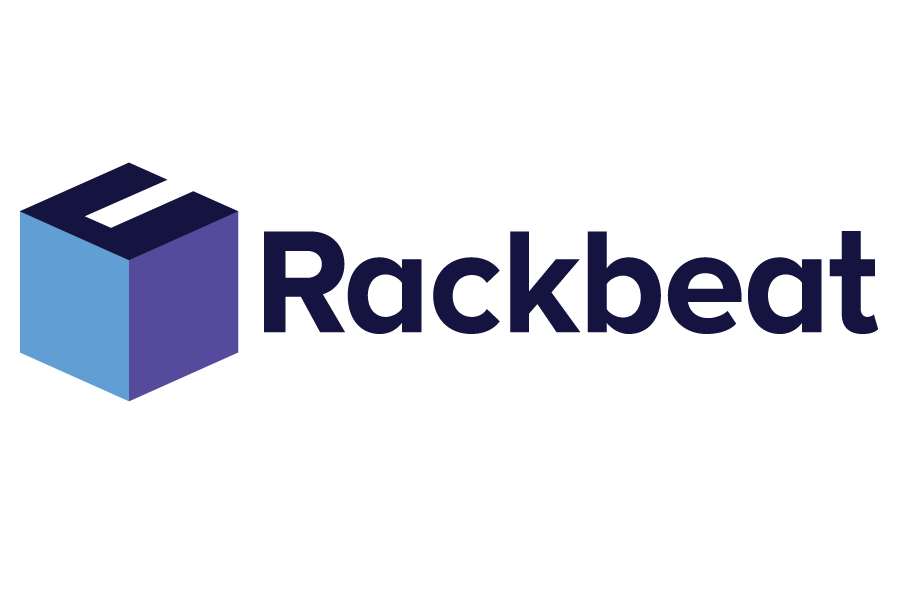Container Management
Container management refers to tracking the contents, location, and movement of containers — both within and outside the warehouse. It covers the process of organizing goods grouped in containers (physical or virtual units) so they can be easily traced, moved, and counted as a single unit within the warehouse flow.
Rackbeat April 25, 2025
What Is the Purpose of Container Management?
Container management allows you to group multiple products into a single container — this could be a pallet, a box, or even an actual shipping container — and handle it as one unified unit within your inventory management processes. This simplifies the handling of large volumes of goods without needing to manage each individual item line.
Container management becomes especially valuable in businesses where goods move between multiple locations, warehouses, or countries — or when dealing with bulk items, bundled sets, or component-based kits.
Why Use Container Management?
There are several clear benefits to working with container management:
More efficient inventory control:
You save time by managing grouped items as one unit, rather than individually.
Reduced error margin:
When working with predefined units, the risk of mispicks and incorrect deliveries is significantly lowered.
Easier integration with inventory hardware:
Scanners, RFID tags, and other technologies make it easy to register entire containers — instead of scanning each item one by one.
When Does Container Management Make Sense?
Container management isn’t reserved for enterprise-level companies with massive warehouses and global supply chains — but it also may not be necessary for businesses with low stock turnover and a limited product range.
Here are a few signs that container management could be a smart move for your business:
1. You handle large volumes or a high number of SKUs
If you receive or dispatch goods in bulk — such as full pallets, large packages, or bulk items — container management can save you significant time and manual work.
2. You manage many moving units in your warehouse
If items are frequently transferred between locations, production areas, or out to customers, using containers can simplify and streamline your logistics.
3. You need structure and traceability in your inventory flow
For example, if you import goods from international suppliers and want to register them in one step, or if you create customer-specific product bundles and need to track their composition.
4. You work with multi-step picking and packing processes
In businesses with complex order management and packaging — such as webshops with many daily orders — grouping products into containers helps maintain overview and accuracy.
5. You have scaling ambitions
As your business grows, it’s essential to automate and structure your inventory flow. Container management is often a stepping stone towards more professional warehouse management and a data-driven setup.
Container Management in Practice
Imagine you’re importing goods from abroad in a shipping container. With container management, you can predefine its contents, link it to a specific purchase order, and register the full delivery upon arrival — with a single scan.
Or, if you’re working in a pick-and-pack setup, you can group individual customer orders into separate boxes (acting as virtual containers) and track their status all the way through to dispatch.
In other words, container management is a smart way to make your inventory management more intelligent, flexible, and scalable — especially when you’re dealing with many moving parts.
Sign Up for Our Newsletter
Want more knowledge about inventory optimization, automation, and digitizing your operations? Then sign up for our newsletter!
We send you helpful guides, inspiration, and updates about new features — straight to your inbox.


